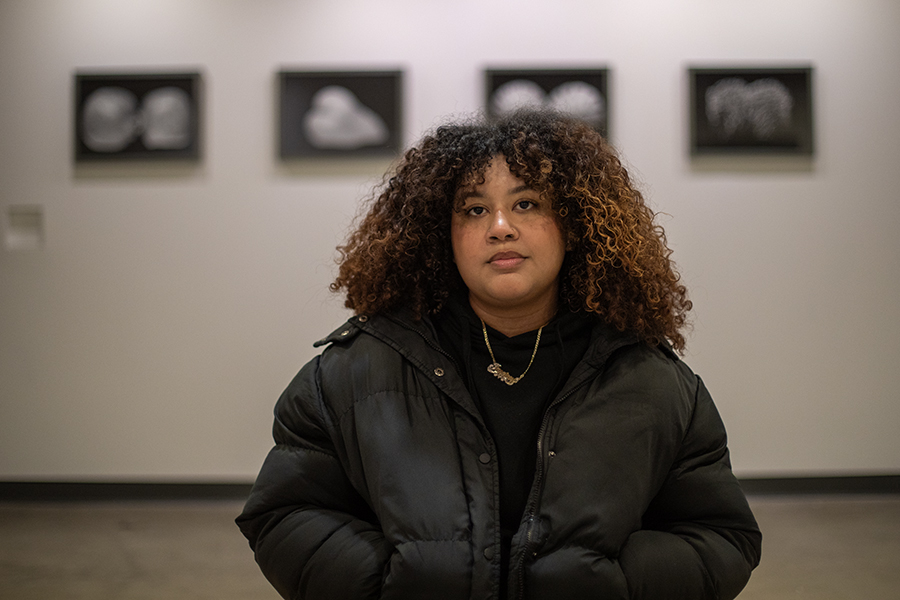Editor’s Note: This is a guest commentary. The opinions do not necessarily reflect the views of the editorial board.
“This ranking shows that Park continues to adapt to an ever-changing media landscape. Industry professionals know that when they hire a Park School grad, they’re going to get someone who will outwork others.”
This is what Jack Powers, professor and chair of the Department of Media Arts, Sciences and Studies and former interim dean of the Ithaca College Roy H. Park School of Communications, said of Park’s ranking as one of the top 50 film schools in the country.
The most perceived notion is that the Park School is one of the best communications schools in the country. Ranked 19th out of 50 for top film schools, Park’s standing bolsters its appeal to incoming students who often base their decision to attend the college on the Park School itself and the myriad of opportunities it promises. However, what remains conspicuously unaddressed is the school’s striking lack of diversity, particularly among students of color, and its pronounced presence within specific majors.
As a student enrolled in the Advertising, Public Relations, and Marketing Communications program — formerly known as Integrated Marketing and Communications — I’m able to count on both hands the students of color who are a part of the major; the dearth of students of color is glaringly evident. I frequently find myself grappling with questions about my prospects — will I ever attain the level of industry professionalism that Park professors so ardently promote and encourage? The harsh reality is that students of color, both within the Park School and especially within my major, often encounter an environment that feels profoundly isolating, uninspiring and disconnected from their experiences.
The majority of the time, students of color in these programs find themselves as the sole representatives of their racial backgrounds in their classes, often overshadowed by their white counterparts. We often bear the responsibility of crafting presentations that highlight pressing issues affecting people of color while our white peers occasionally appear disengaged and uninterested. This persistent lack of representation takes a toll on students like us. It emanates from the stark overrepresentation of white faculty within the school, leading to a pervasive sense of not being heard or adequately represented. This lack of representation has precipitated into a tangible disconnect among students, as they feel they lack a support system to turn to. One confidential source aptly remarked, “While Park offers outstanding classes and opportunities, I often feel like I don’t have the space or environment to thrive here. It’s incredibly demotivating to be thrust into an environment where you don’t feel welcomed. The apparent lack of commitment to diversification makes it challenging to muster enthusiasm for participation.”
Moreover, Park’s most popular extracurricular activities, like WICB, The Ithacan and ICTV, are overwhelmingly comprised of white participants, which can be intimidating and discouraging for students of color. These extracurriculars receive inadequate promotion to diverse groups on campus, leaving many students of color unaware of these opportunities. This dearth of diversity also constrains the types of projects that students of color can propose, as their creative perspectives often diverge significantly from those of their white peers.
Why does this persist? Because as students, we are not situated within an inclusive environment that fosters the full expression of our perspectives because of the insufficient community and support within Park.
Numerous students of color in Park have come to understand that Park falsely touts itself as a safe haven. This issue, recurring over the years at Ithaca College, has been consistently overlooked. The remedy lies in hiring faculty members from diverse backgrounds within the industry. This change could instill a more optimistic outlook for both prospective and current students at Park. Additionally, fostering inclusivity through the inclusion of new faces among Park’s alumni, specifically people of color, could establish connections and relatability that resonate with current students.
As students, we should not be compelled to force ourselves into these spaces, nor should we bear the burden of feeling guilty about it. Ultimately, we are all Parkies, a designation the institution holds in high regard and uses to represent itself, and we should all feel welcomed, supported and represented within this academic community.
Janaissy Pineda Alvarez (she/her) is a junior advertising, public relations and media communications major. Contact her at [email protected]








